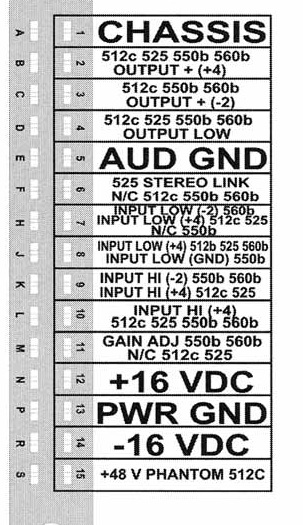Hi Martin, yes some R's were swapped around during the layout so please use the Rev B BOM as your guide to part placement.Golgoth said:Hi Jeff,
I just revised the sorting sheets I had prepared before rev B for my build.
So R5 and R6 have been swapped on the CB board right?
What is it to test during the build on rev B?
Passing audio before installing the filter board I assume (Can I just plug it into my lunchbox with the extension jig for that?).
What else?
The CMRR adjustment is no longer needed. I have 2 working units here at the present so I plan to get the Test Points guide completed and published today. You can just plug into your LB but it may be easier to have the jig so the module can be flat in front of you. Reaching all of the test points when inside the rack will be a challenge to say the least






![Soldering Iron Kit, 120W LED Digital Advanced Solder Iron Soldering Gun kit, 110V Welding Tools, Smart Temperature Control [356℉-932℉], Extra 5pcs Tips, Auto Sleep, Temp Calibration, Orange](https://m.media-amazon.com/images/I/51sFKu9SdeL._SL500_.jpg)



























